Home>Maintenance & Safety>Child & Elderly Safety at Home>Why Does My Baby Monitor Keep Beeping
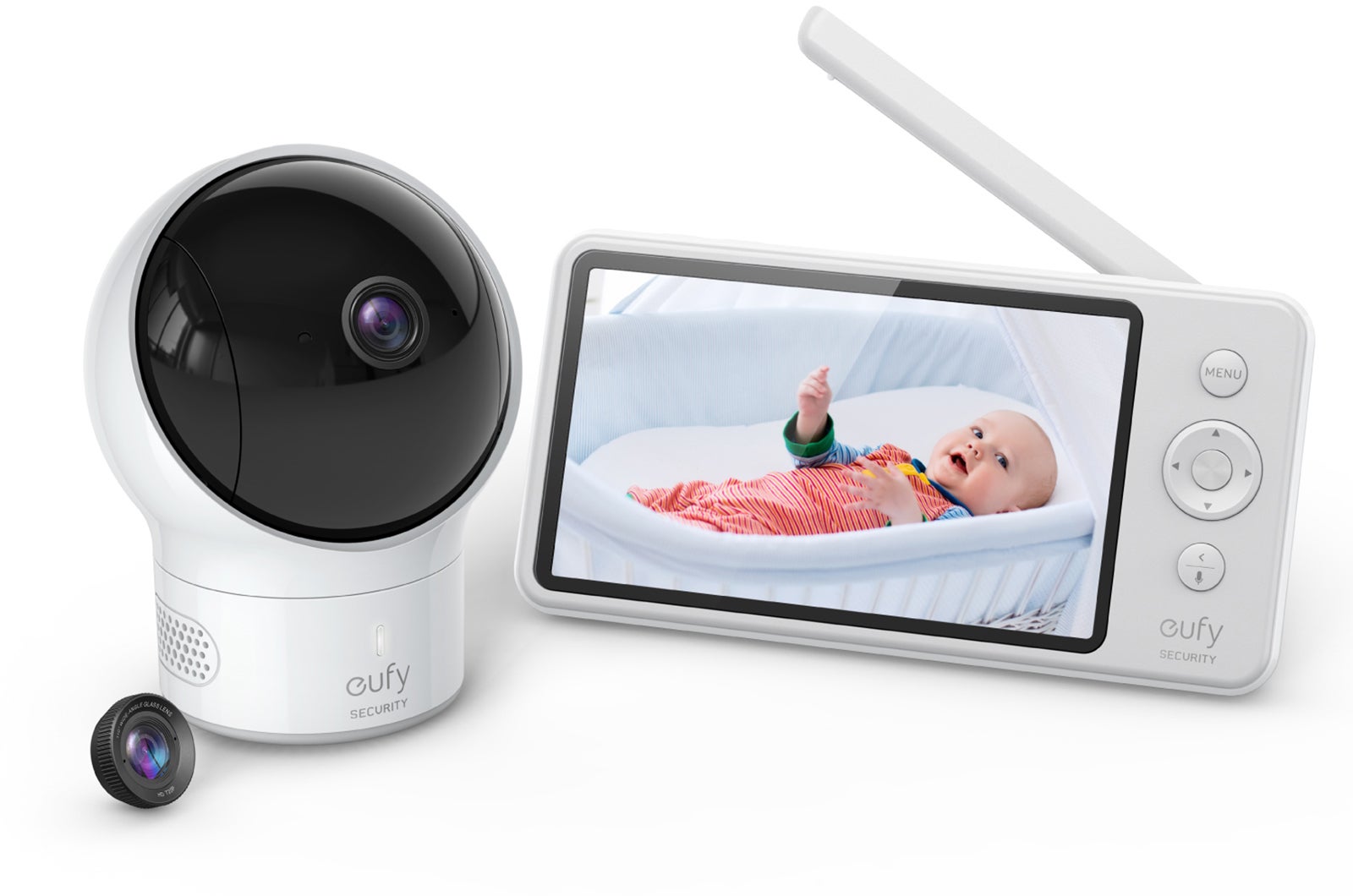

Child & Elderly Safety at Home
Why Does My Baby Monitor Keep Beeping
Modified: January 14, 2024
Ensure child and elderly safety at home with our guide on why your baby monitor keeps beeping. Learn how to troubleshoot and keep your loved ones safe.
(Many of the links in this article redirect to a specific reviewed product. Your purchase of these products through affiliate links helps to generate commission for Storables.com, at no extra cost. Learn more)
Introduction
Understanding the Beeping
One of the most common concerns for parents and caregivers is the beeping of a baby monitor. This unexpected sound can be a source of confusion and anxiety, especially for new parents. However, understanding the reasons behind the beeping can help alleviate these worries and ensure the safety of your little one. In this article, we will delve into the various factors that may cause your baby monitor to beep, offering insights into common issues, troubleshooting tips, and effective solutions to address this issue.
As a parent, your baby’s safety and well-being are of paramount importance. A reliable baby monitor serves as a valuable tool, providing peace of mind by allowing you to keep a close watch over your child, even when you’re not in the same room. However, when the monitor starts beeping unexpectedly, it can be unsettling. It’s crucial to understand that the beeping may indicate a range of issues, from minor interferences to more serious technical malfunctions. By gaining a comprehensive understanding of these potential causes, you can effectively troubleshoot the problem and ensure that your baby monitor operates smoothly, providing continuous monitoring without disruptions.
Whether you’re a new parent navigating the intricacies of baby care or a seasoned caregiver seeking to resolve beeping issues with your baby monitor, this article aims to equip you with the knowledge and practical solutions necessary to address this common concern. By exploring the common causes of beeping, along with troubleshooting tips and effective remedies, you’ll gain the confidence to tackle this issue and maintain a secure and reliable monitoring system for your little one.
Understanding the Beeping
When your baby monitor emits a beeping sound, it’s essential to decipher the underlying cause to effectively address the issue. Understanding the potential reasons behind the beeping can help you troubleshoot and resolve the problem, ensuring uninterrupted monitoring of your child.
One common cause of beeping in baby monitors is interference from other electronic devices. Wireless devices such as cordless phones, Wi-Fi routers, and even microwave ovens can emit signals that interfere with the monitor’s transmission, resulting in beeping or static noise. Additionally, proximity to electronic devices or metal structures can impact the monitor’s signal quality, leading to intermittent beeping.
Low battery levels in either the baby unit or the parent unit can also trigger beeping. When the battery is running low, the monitor emits a warning signal to alert you to recharge or replace the batteries. Ensuring that both units have fully charged or fresh batteries can prevent beeping due to low power levels.
Furthermore, signal loss between the baby unit and parent unit can cause the monitor to beep intermittently. This loss of signal may be due to distance, physical obstructions, or signal interference. Understanding the optimal range and signal strength of your baby monitor can help mitigate this issue.
Technical malfunctions or defects in the monitor’s components can also lead to beeping. Issues such as a malfunctioning speaker, faulty power supply, or internal circuitry problems may manifest as beeping sounds. Identifying and addressing these technical issues is crucial to restoring the monitor’s functionality.
It’s important to note that some baby monitors are equipped with features that produce beeping sounds to indicate specific events, such as out-of-range warnings, temperature alerts, or low signal strength. Familiarizing yourself with the operational indicators and alerts of your specific baby monitor model can help differentiate between normal alerts and potential issues.
By understanding the diverse factors that can contribute to beeping in baby monitors, you can approach troubleshooting with a comprehensive perspective. In the following sections, we will explore common issues and practical solutions to address beeping, empowering you to maintain a reliable and effective monitoring system for your child.
Common Issues and Solutions
When dealing with a beeping baby monitor, it’s essential to identify the specific issue causing the disruption. By recognizing common issues and implementing effective solutions, you can restore the functionality of your baby monitor and ensure uninterrupted monitoring of your child.
Interference from Electronic Devices: Wireless interference from devices such as cordless phones, Wi-Fi routers, and microwave ovens can disrupt the signal transmission of baby monitors, leading to beeping or static noise. To address this issue, consider relocating electronic devices that may be causing interference. Additionally, opting for a baby monitor with digital frequency-hopping spread spectrum (FHSS) or digital enhanced cordless telecommunications (DECT) technology can minimize the impact of external signals, providing a more reliable monitoring experience.
Low Battery Levels: Beeping due to low battery levels is a common concern with baby monitors. To resolve this issue, ensure that both the parent unit and the baby unit have fully charged or fresh batteries. Regularly checking and replacing batteries as needed can prevent beeping caused by power depletion.
Signal Loss and Range: Intermittent beeping may occur when there is a loss of signal between the baby unit and parent unit. To address this, ensure that the units are within the recommended range and free from physical obstructions that may impede signal transmission. Repositioning the units or adjusting the antenna orientation can help optimize signal strength and minimize beeping due to signal loss.
Technical Malfunctions: If the beeping persists despite addressing external interference and battery levels, it may indicate technical malfunctions within the monitor. In such cases, referring to the manufacturer’s troubleshooting guide or seeking professional assistance can help diagnose and resolve underlying technical issues. This may involve inspecting the monitor’s components, power supply, and internal circuitry to identify and rectify malfunctions.
Operational Alerts: Some baby monitors emit beeping sounds as part of their normal operational alerts, such as out-of-range warnings or temperature alerts. Familiarize yourself with the specific alerts and indicators of your baby monitor to differentiate between normal operational alerts and potential issues. Understanding the intended functions of these alerts can help you respond appropriately to different beeping patterns.
By addressing these common issues and implementing practical solutions, you can effectively troubleshoot and resolve beeping occurrences with your baby monitor. This proactive approach ensures that your monitoring system operates reliably, providing continuous peace of mind as you attend to the well-being of your child.
Check the battery level and connection of the monitor. Low battery or poor connection can cause beeping. Keep the monitor charged and within range for a clear signal.
Troubleshooting Tips
When faced with a beeping baby monitor, employing effective troubleshooting strategies can help identify and resolve the underlying issues, restoring the monitor’s functionality and ensuring uninterrupted monitoring of your child. By implementing the following tips, you can navigate common challenges and address beeping occurrences with confidence.
Assess Signal Interference: Identify potential sources of wireless interference, such as cordless phones, Wi-Fi routers, and other electronic devices. Relocate these devices or the baby monitor to minimize signal disruption and reduce beeping caused by external interference. Opting for a baby monitor with advanced frequency-hopping spread spectrum (FHSS) or digital enhanced cordless telecommunications (DECT) technology can also mitigate the impact of external signals.
Battery Maintenance: Regularly check and replace the batteries in both the parent unit and the baby unit to prevent beeping due to low battery levels. Establish a routine for battery maintenance to ensure that the units are consistently powered and free from disruptions caused by depleted batteries.
Optimize Signal Strength: Position the baby unit and parent unit within the recommended range, free from physical obstructions that may impede signal transmission. Adjust the antenna orientation and consider repositioning the units to optimize signal strength and minimize beeping resulting from signal loss.
Refer to User Manual: Consult the user manual or troubleshooting guide provided by the manufacturer to understand the operational indicators and alerts specific to your baby monitor model. Familiarize yourself with the intended functions of alerts, allowing you to differentiate between normal operational alerts and potential technical issues.
Professional Assistance: If the beeping persists despite troubleshooting efforts, consider seeking professional assistance from the manufacturer’s customer support or technical service providers. Professional diagnosis and repair may be necessary to address underlying technical malfunctions that contribute to persistent beeping.
Upgrade to Advanced Technology: Consider upgrading to a baby monitor equipped with advanced features and technologies designed to minimize signal interference and maximize signal reliability. Digital frequency-hopping spread spectrum (FHSS) and digital enhanced cordless telecommunications (DECT) are advanced technologies that can enhance the performance of baby monitors, reducing the likelihood of beeping due to external interference.
By implementing these troubleshooting tips, you can effectively address beeping occurrences and maintain a dependable monitoring system for your child. Proactive troubleshooting not only resolves immediate concerns but also equips you with the knowledge and strategies to optimize the performance of your baby monitor for long-term reliability.
Conclusion
Understanding the reasons behind the beeping of a baby monitor is essential for maintaining a reliable and effective monitoring system for your child. By recognizing the common issues that contribute to beeping and implementing practical solutions and troubleshooting tips, you can address these concerns with confidence and ensure uninterrupted monitoring.
Interference from electronic devices, low battery levels, signal loss, and technical malfunctions are among the primary factors that may cause a baby monitor to beep unexpectedly. By identifying and addressing these issues, you can mitigate disruptions and maintain a secure monitoring environment for your little one.
Regular maintenance, including battery checks and optimizing signal strength, is crucial for preventing beeping occurrences. Additionally, familiarizing yourself with the operational alerts and indicators of your baby monitor enables you to differentiate between normal alerts and potential technical issues, empowering you to respond effectively to beeping patterns.
Proactive troubleshooting, such as assessing signal interference, optimizing signal strength, and seeking professional assistance when needed, allows you to navigate common challenges and maintain the functionality of your baby monitor. Upgrading to advanced technology, such as digital frequency-hopping spread spectrum (FHSS) and digital enhanced cordless telecommunications (DECT), can further enhance the reliability of your monitoring system.
Ultimately, by gaining a comprehensive understanding of the beeping issues associated with baby monitors and implementing the appropriate solutions and troubleshooting strategies, you can ensure that your monitoring system operates seamlessly, providing continuous peace of mind as you attend to the well-being of your child.
As you navigate the intricacies of baby care and safety, addressing beeping occurrences in your baby monitor empowers you to create a secure and nurturing environment for your child, fostering a sense of reassurance for both you and your little one.
By staying informed, proactive, and attentive to the operational dynamics of your baby monitor, you can effectively manage and resolve beeping issues, ensuring that your child receives the attentive care and monitoring they deserve.
Frequently Asked Questions about Why Does My Baby Monitor Keep Beeping
Was this page helpful?
At Storables.com, we guarantee accurate and reliable information. Our content, validated by Expert Board Contributors, is crafted following stringent Editorial Policies. We're committed to providing you with well-researched, expert-backed insights for all your informational needs.
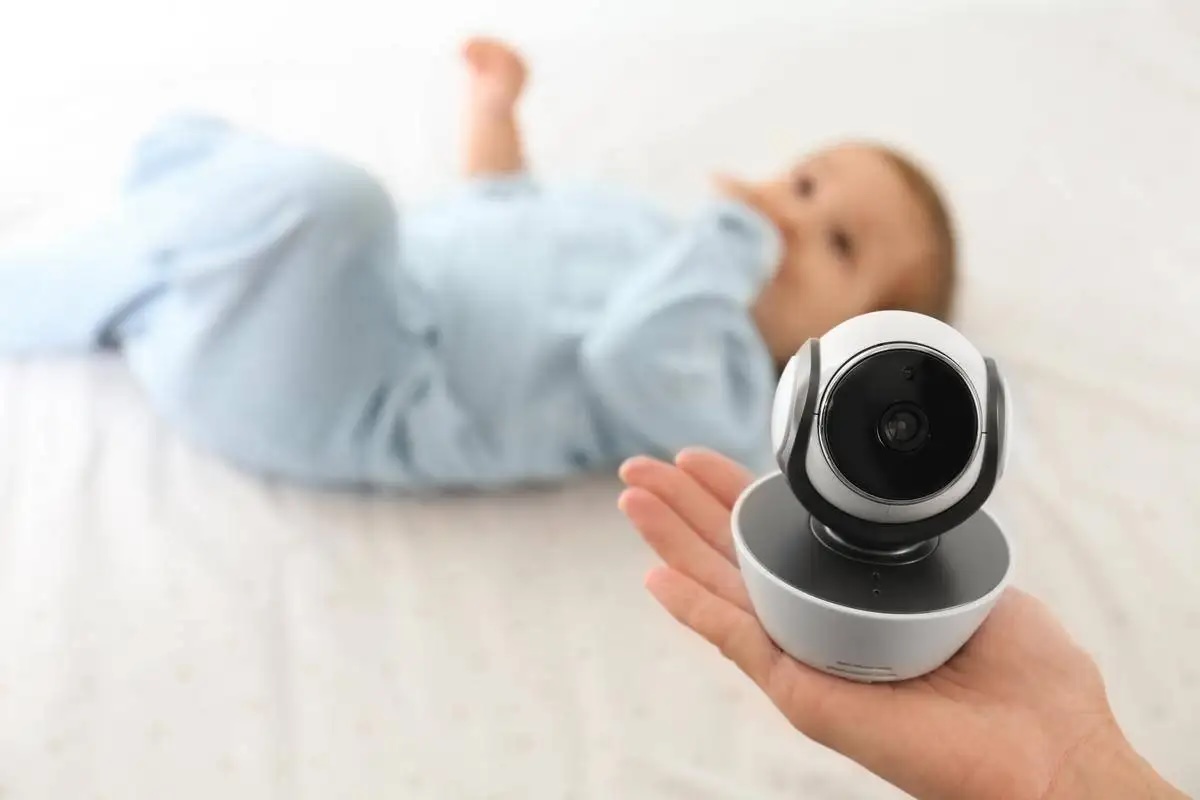
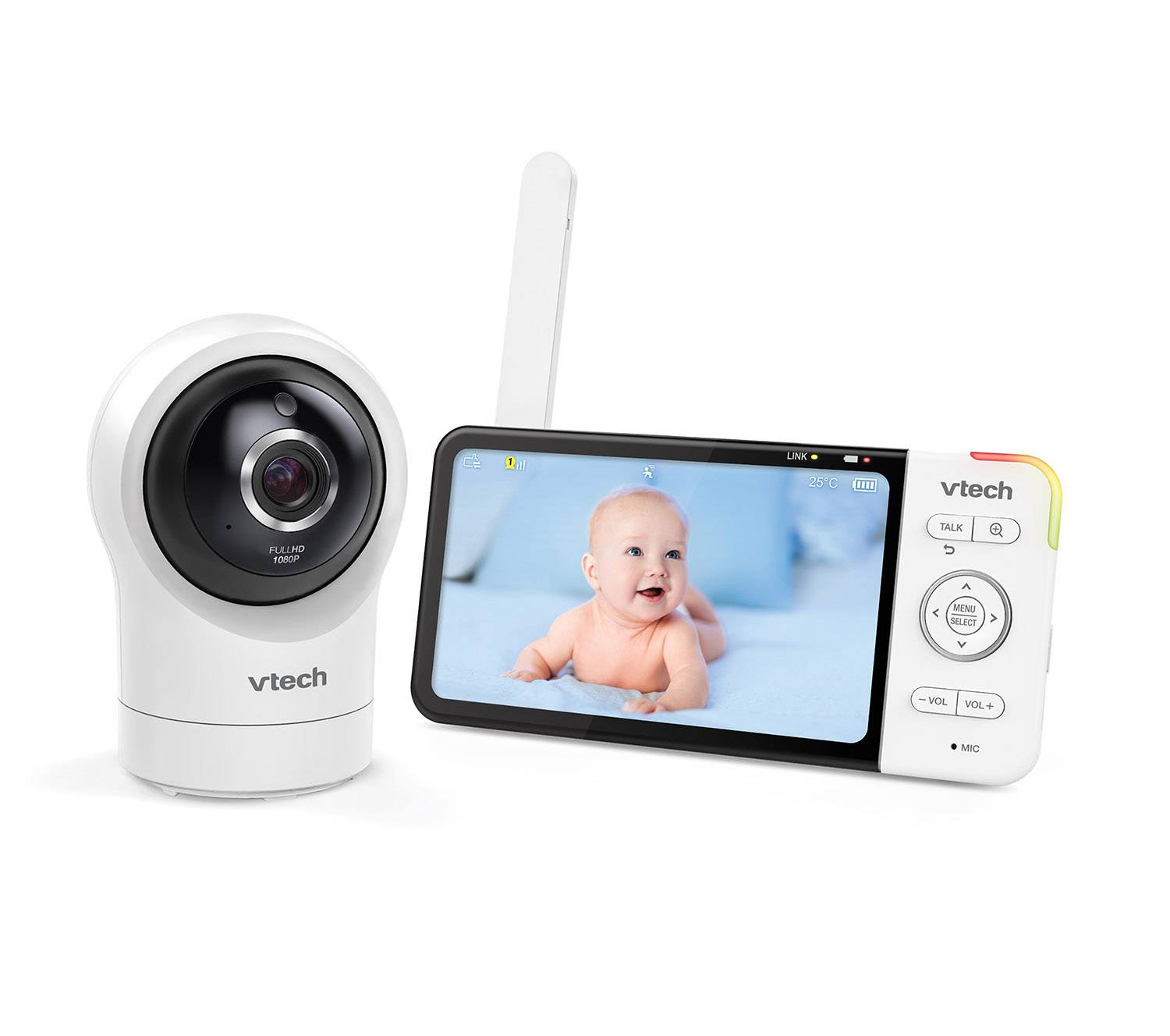
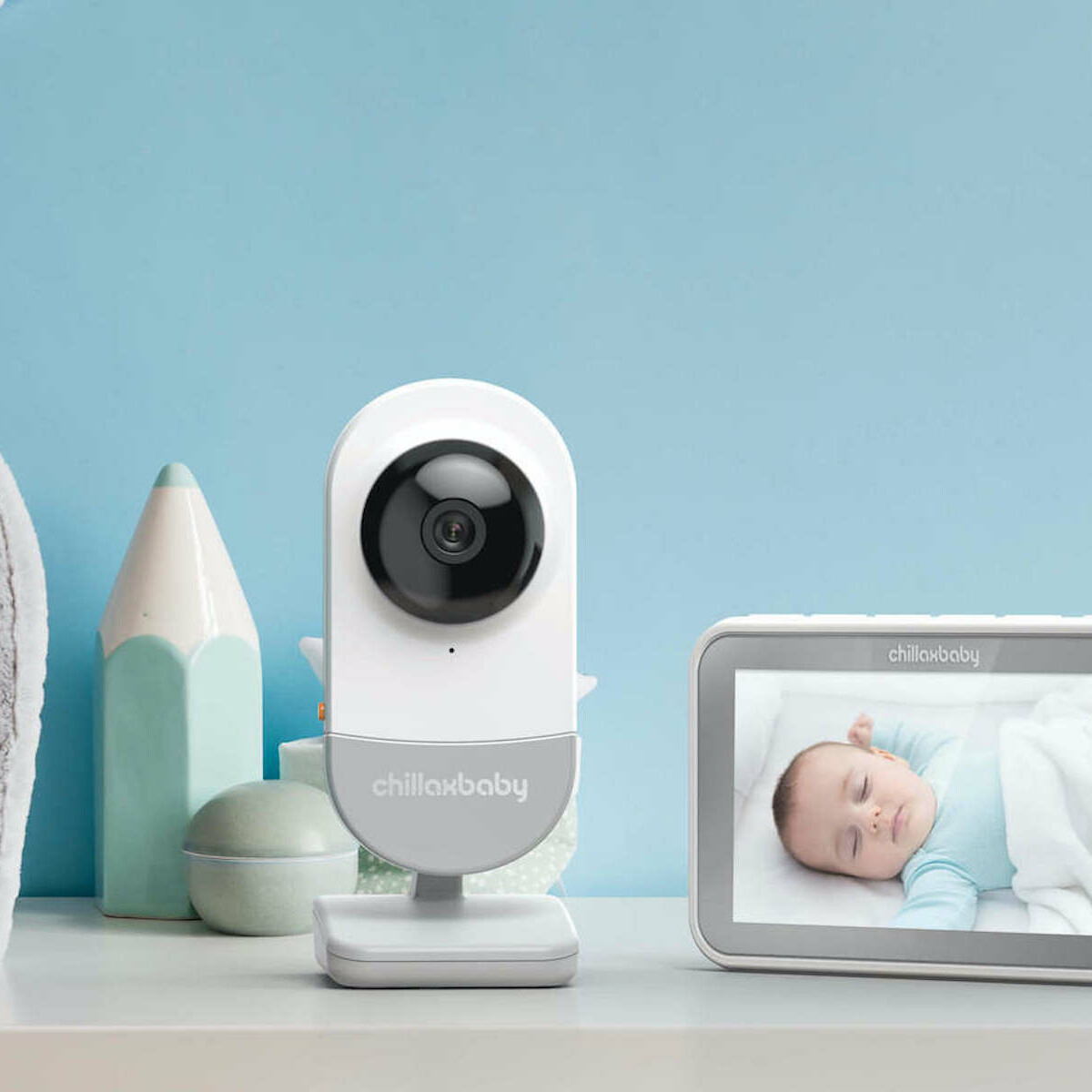
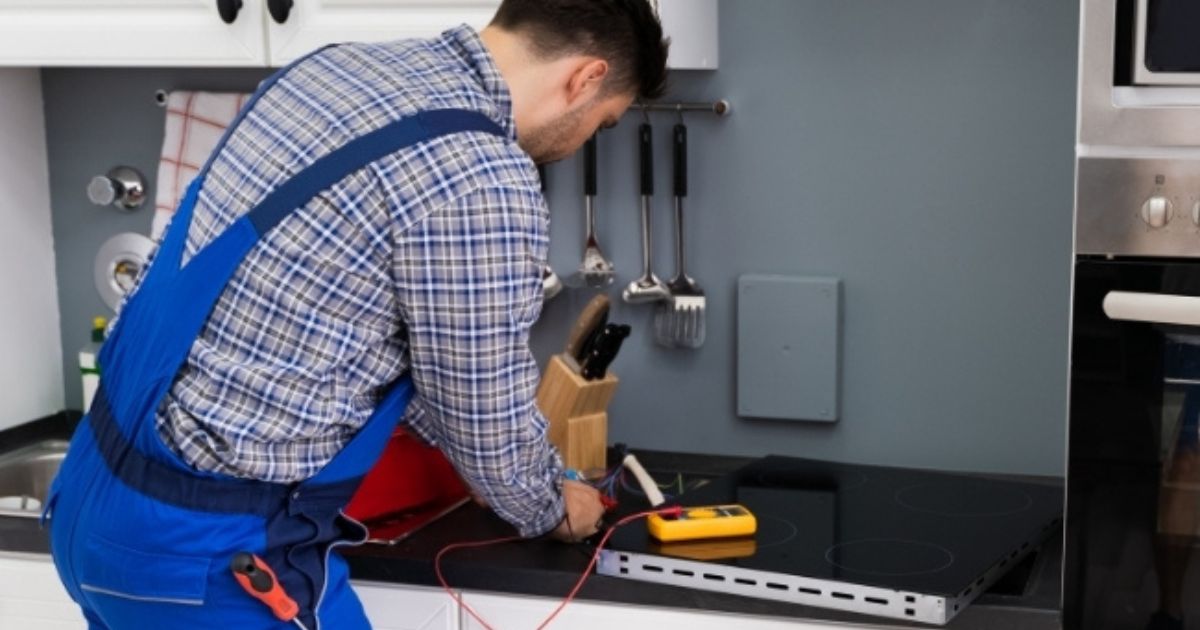

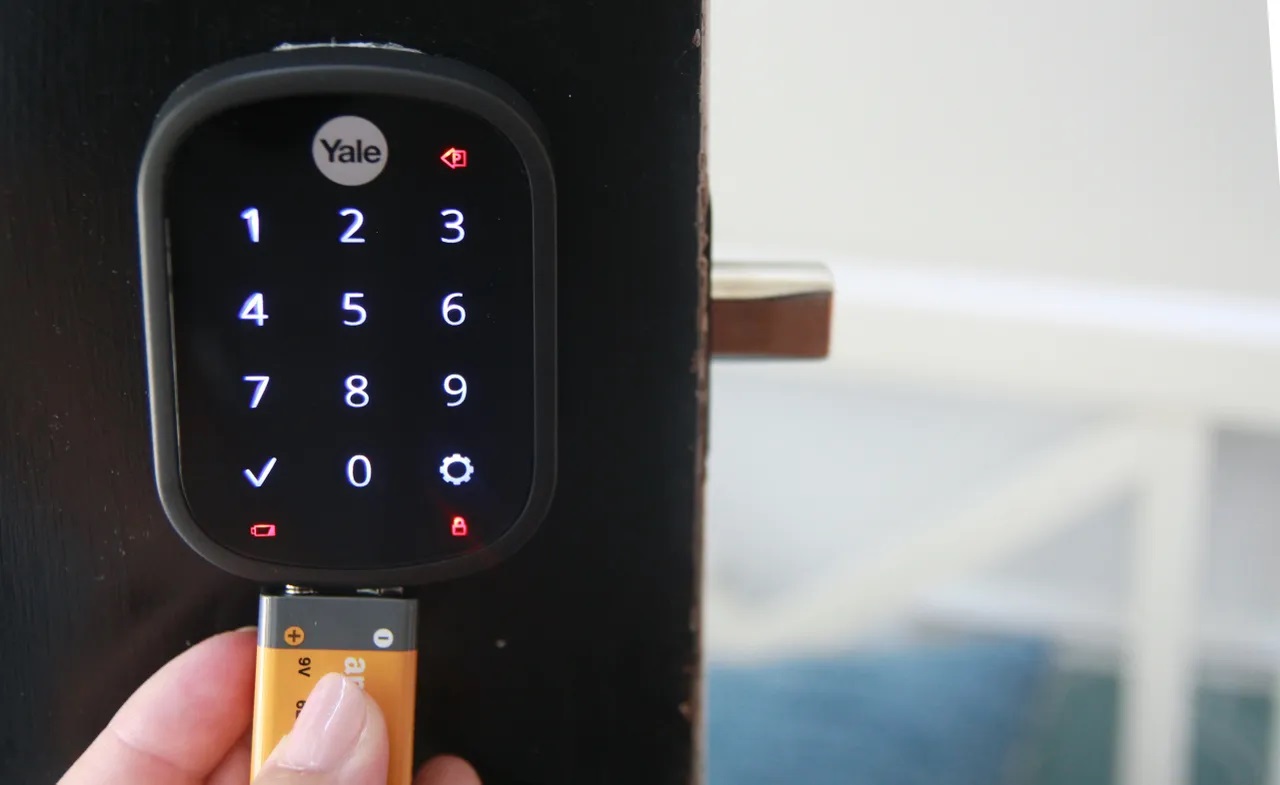
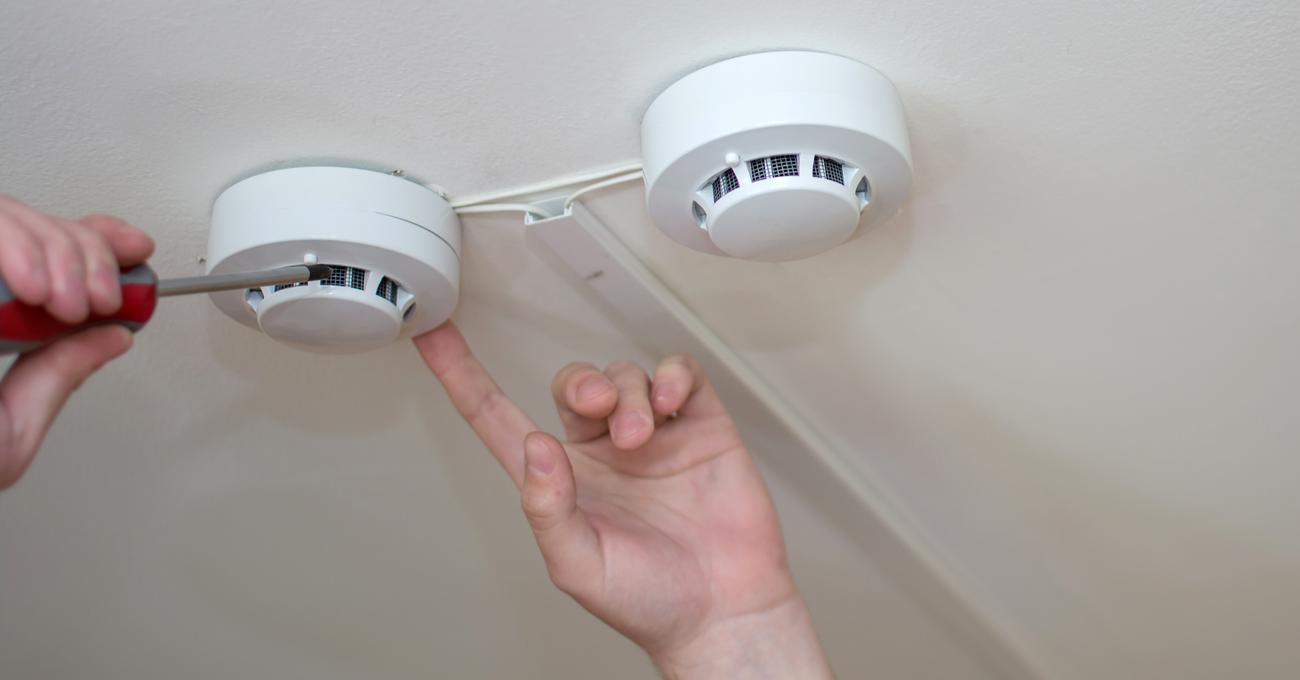
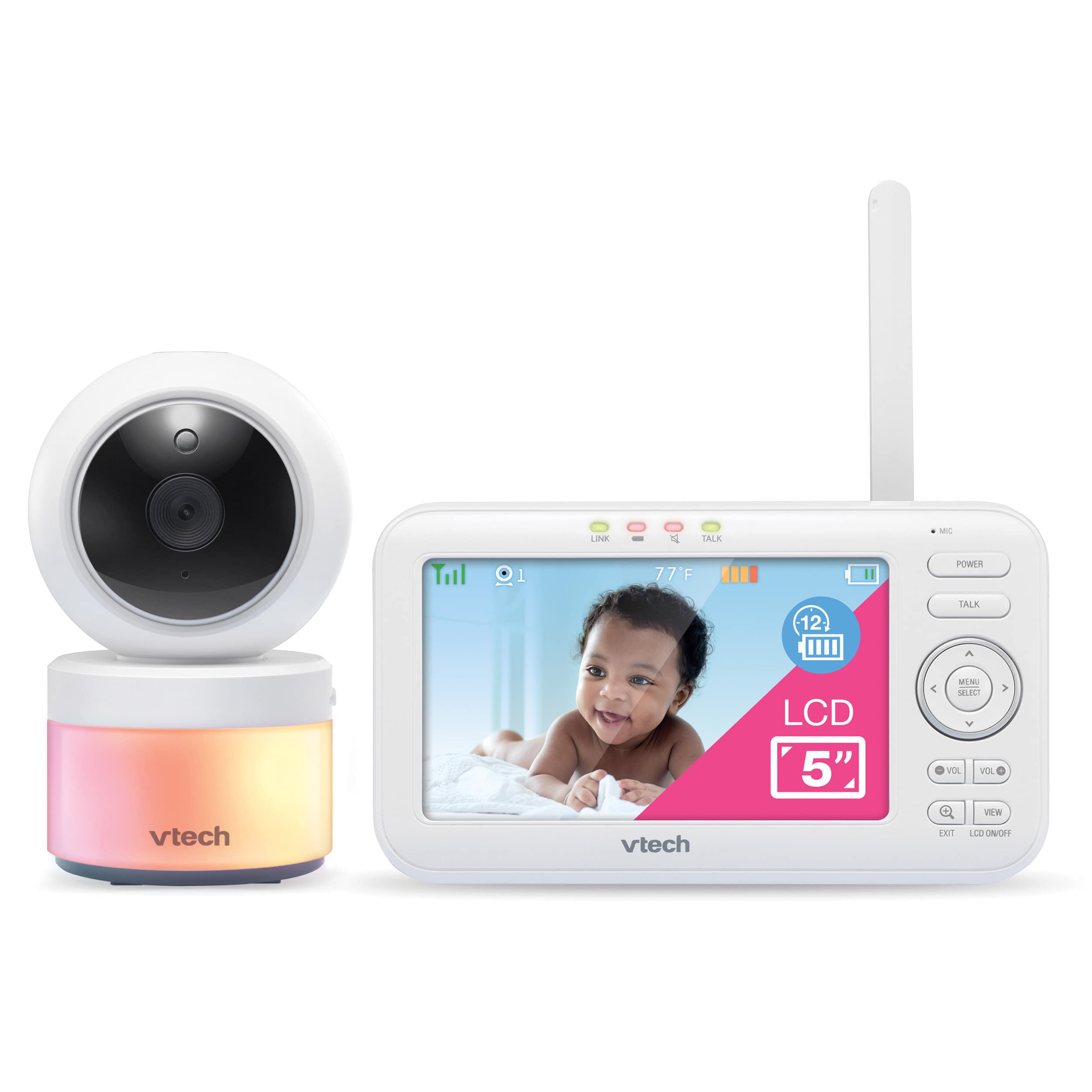
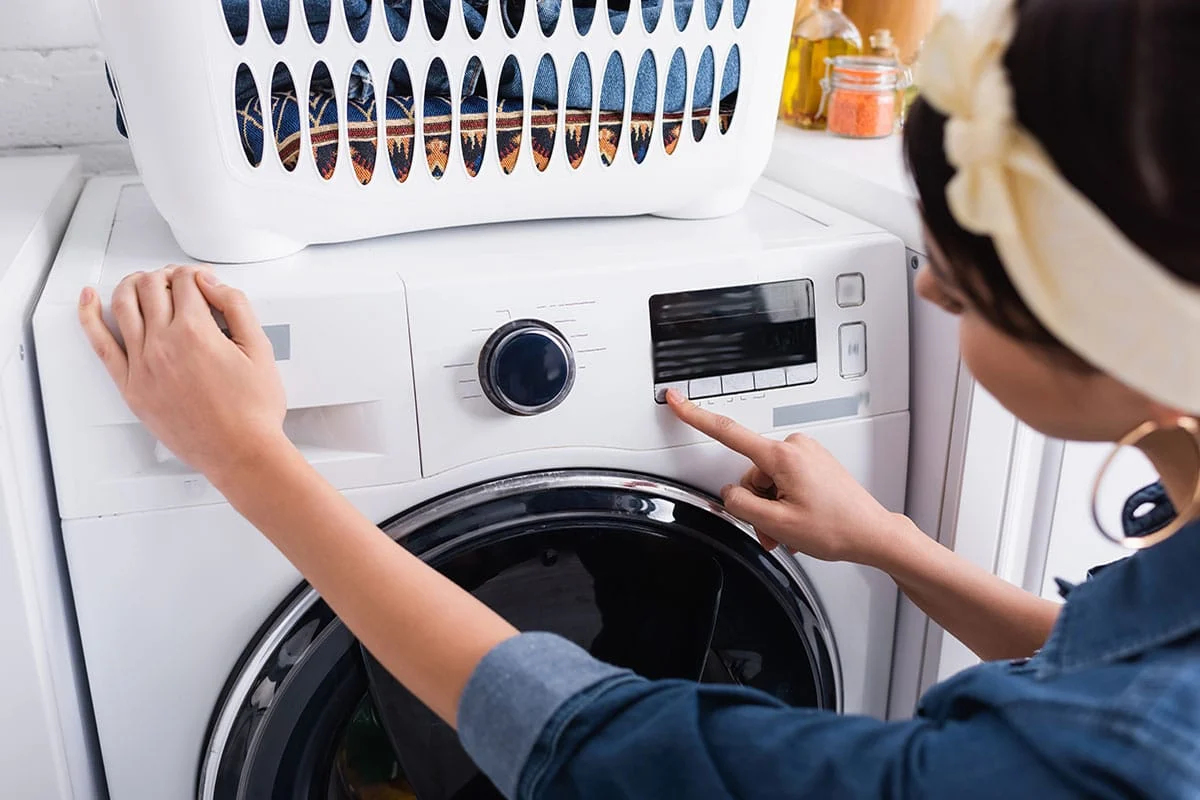

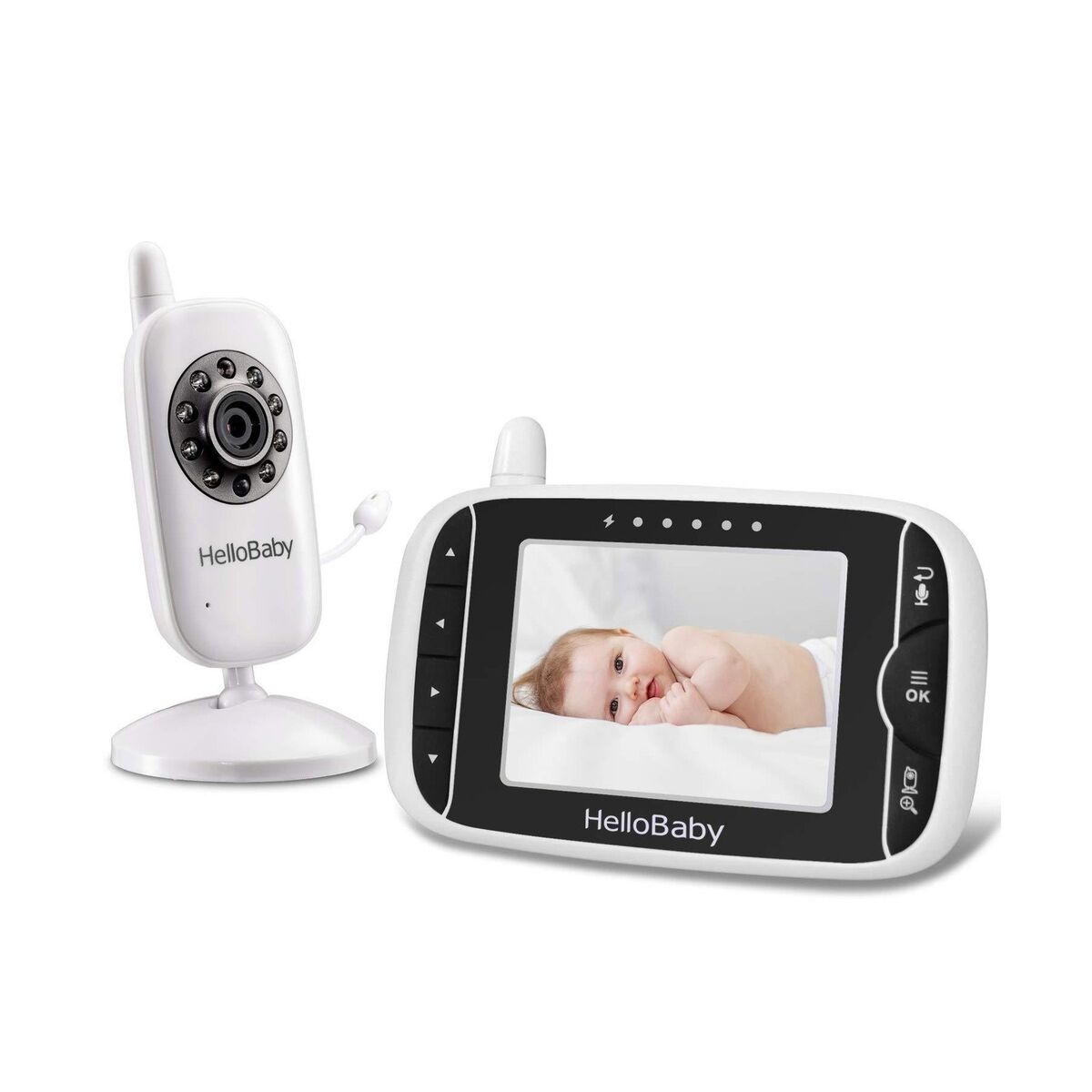
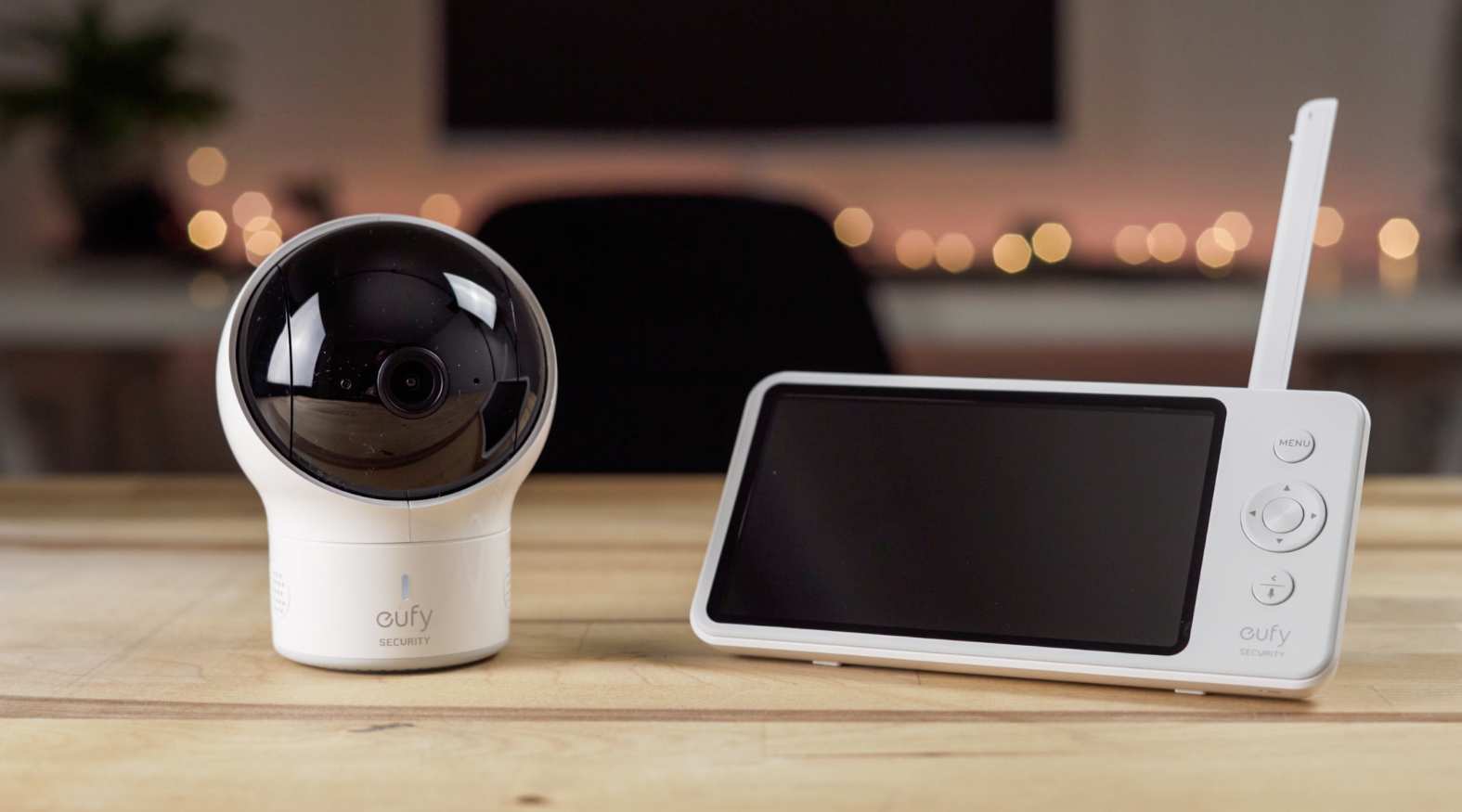
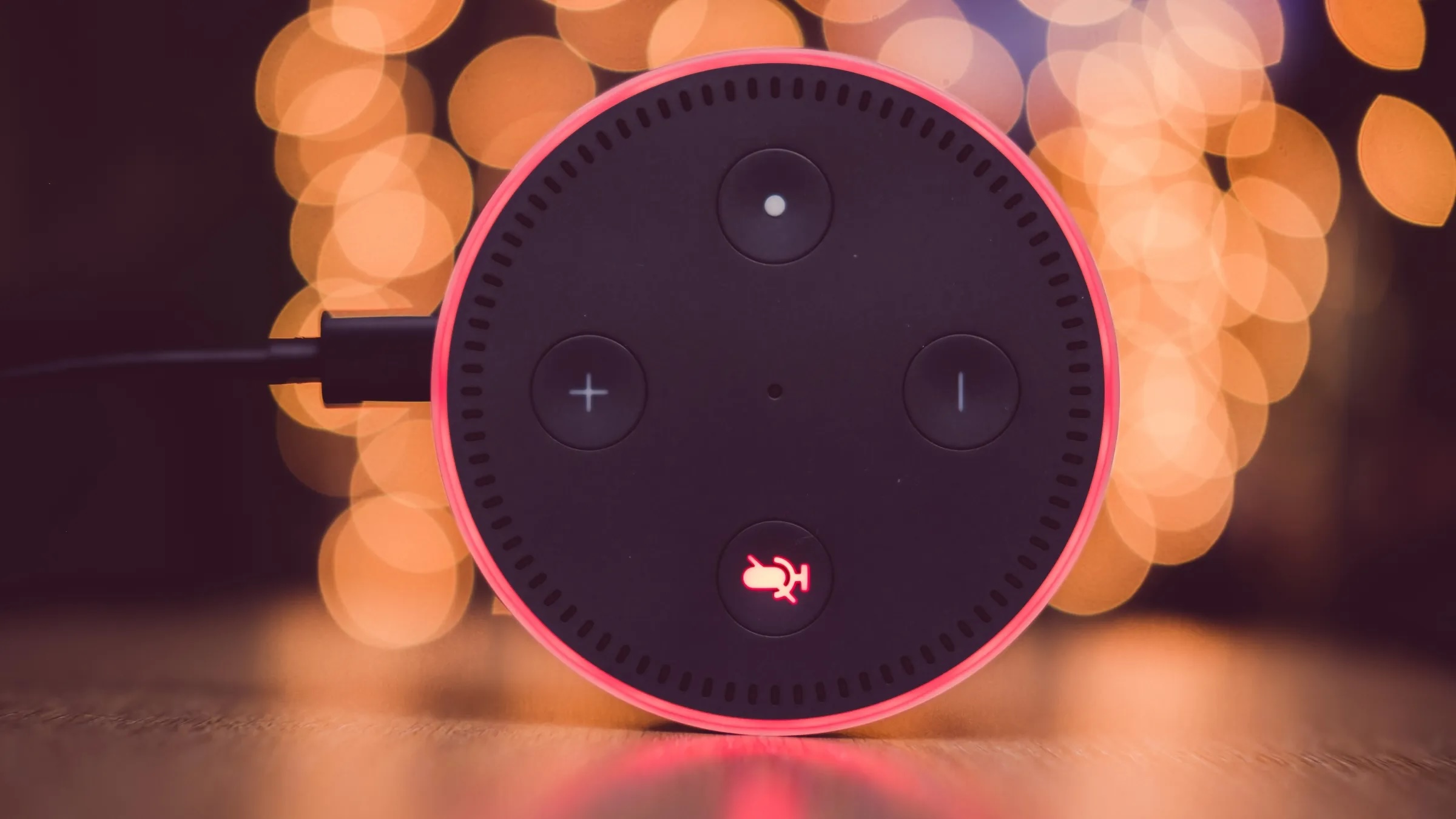
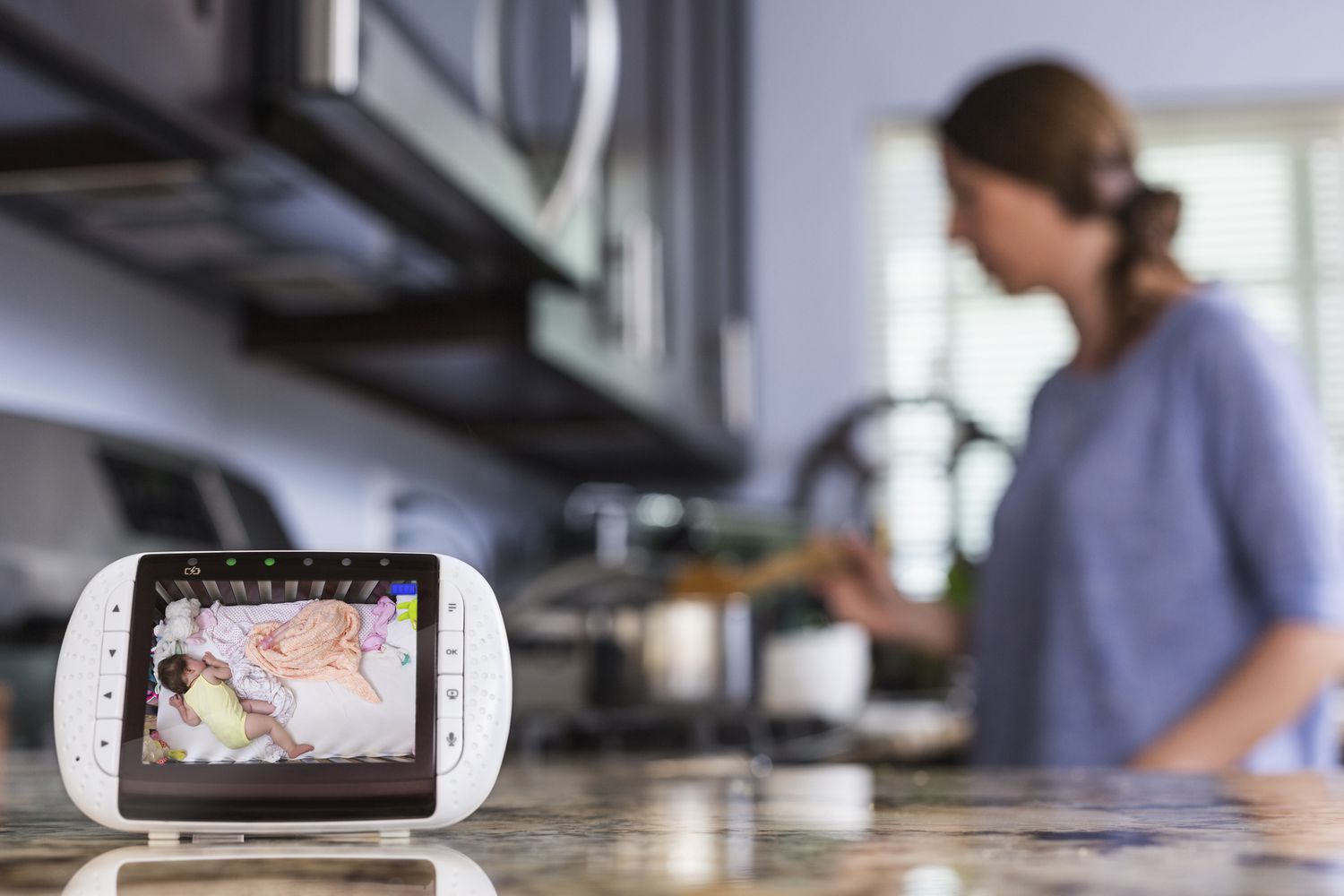
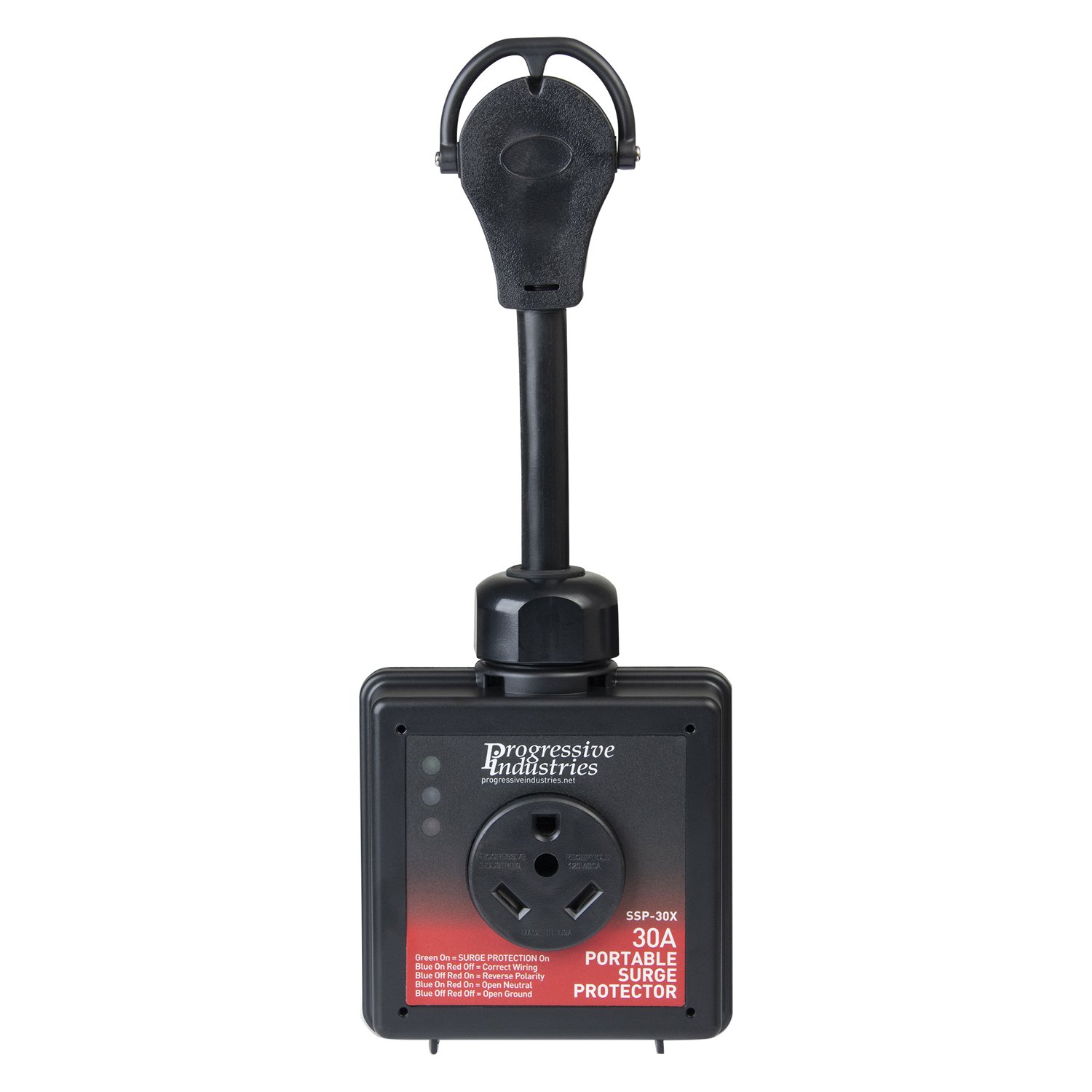

0 thoughts on “Why Does My Baby Monitor Keep Beeping”